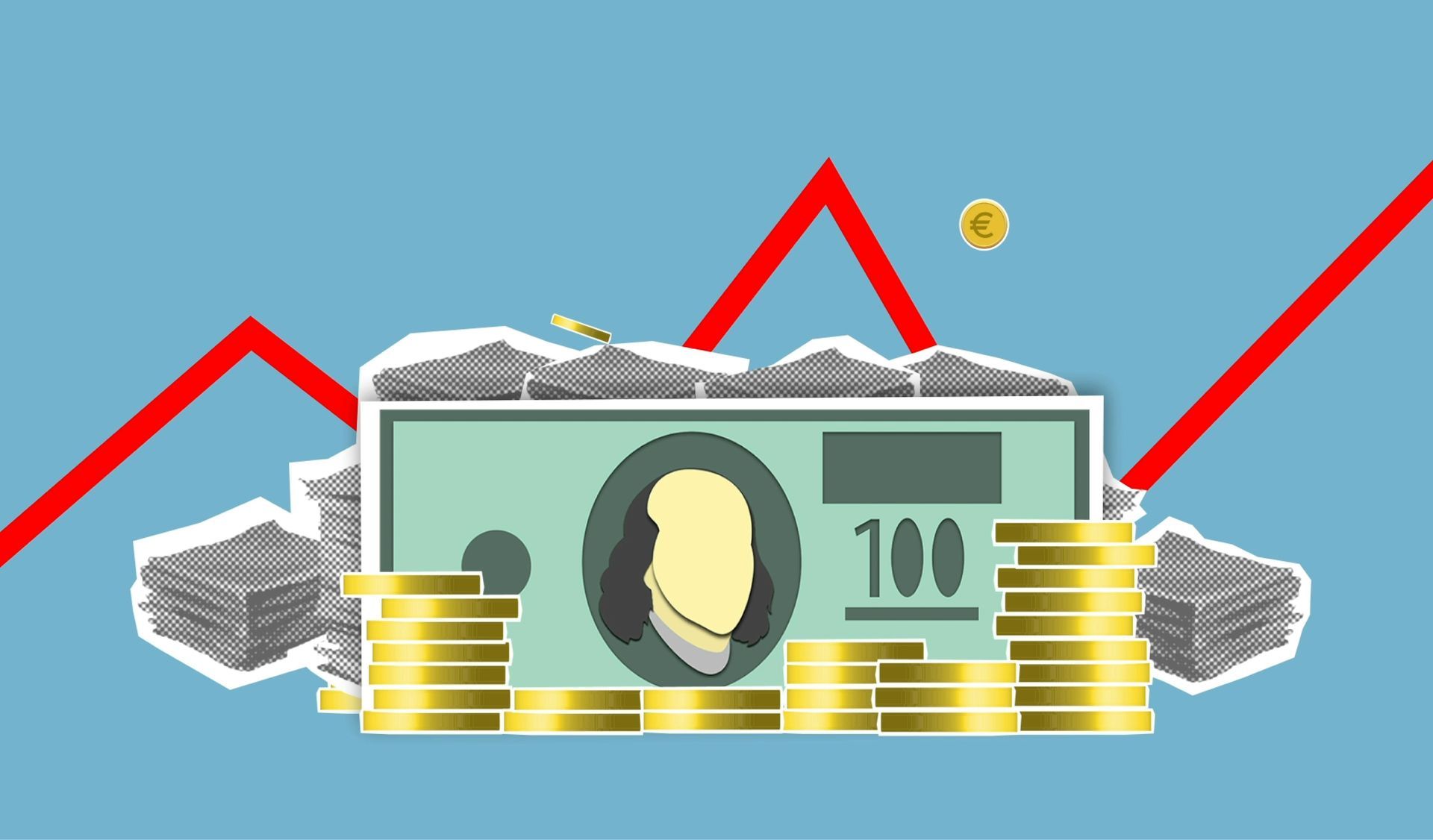As The Market Turns

Last week, investors breathed a sigh of relief when the latest price data showed core inflation, which excludes volatile food and energy prices, moved lower in December.
Investors has been worried because economists forecasted inflation would be stickier in December, reported Frank Lee of Morningstar. If that proved out, the Fed might have stopped lowering the federal funds rate, which would have had adverse implications for company performance and stock prices. So when core inflation dropped to 3.2 percent year over year, investors celebrated.
Some think the celebration might be premature.
Jacob Sonenshine of Barron’s reported, “Stocks jumped after this week’s inflation data. The problem is that there’s not a lot to love in the numbers. The reality is that inflation remains well above the Federal Reserve’s 2 [percent] goal. The average headline [Consumer Price Index] has been 2.7 [percent] in the past three months, above the 2.6 [percent] average for the three months that ended in September. So the trend of inflation, when considering a larger sample size of results, is inching higher, not lower…The result is that the Fed is unlikely to reduce interest rates aggressively. The federal-funds futures market now expects just one interest-rate cut this year…”
Inflation wasn’t the only reason investor optimism surged last week, though. Fourth quarter earnings season—the time when management lets investors know how the companies performed in the prior quarter—got off to a strong start. “Big Banks set a positive note earlier this week, while [a large semiconductor company] sparked further enthusiasm among chip stocks. Things will only heat up in the weeks ahead, as Wall Street sizes up results from the market's heaviest hitters,” reported Connor Smith of Barron’s.
We should all be prepared for markets to be volatile this year.
While last week delivered attractive gains overall, the week before stock and bond markets moved in the opposite direction. Jurrien Timmer of Fidelity explained why we may see significant volatility this year:
“While I continue to believe we are in a bull market—with rising earnings poised to pull the weight of the market still higher—this recent volatility could be a sign of things to come. Later stages of a bull market tend to be more volatile. And it doesn’t take as much to disrupt the market’s mojo when valuations like price-earnings (PE) ratios are high, as they have been. But moreover, I believe the interest-rate angst that’s been weighing on the market isn’t likely to go away anytime soon, and could be a recurring feature of the year ahead.”
Last week, major U.S. stock indices rose sharply, and yields on longer maturities of U.S. Treasuries fell.










